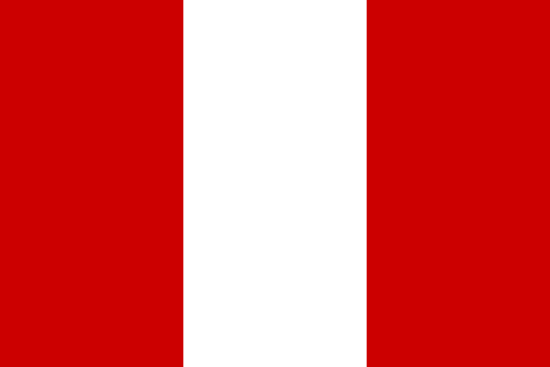The beauty of Supe is like a timeless melody, forever imprinted in the hearts of those who have seen it.
About:
Apologies for the confusion, but it seems there's a mistake in the request. "Supe, [object Object]" does not provide enough specific information to generate a historical summary. Please provide more details such as the location, time period, or any significant events related to 'Supe'.
When to visit:
Supe, a charming coastal town located in [object Object], is best visited during the dry season which typically runs from May to September. During this time, visitors can enjoy warm and pleasant weather, perfect for outdoor activities such as exploring the town's historic sites and relaxing on the beach. The peak tourist season in Supe is from June to August, so for a more peaceful experience, consider visiting in May or September when the crowds are thinner. Keep in mind that the weather can be unpredictable, so it's always a good idea to pack layers and be prepared for sudden changes.
When to avoid:
Supe, [object Object] experiences its peak travel season during the summer months, typically from June to August. However, the worst time to travel to Supe on a holiday would be during the rainy season, which occurs from November to April. During this time, heavy rainfall and potential flooding can disrupt travel plans and limit access to popular attractions. It is advisable to avoid visiting Supe during this period to ensure a more enjoyable and hassle-free travel experience.
"Winter Season (Dec-Feb)"
Supe, Peru experiences its coldest and wettest season from June to September. Temperatures can drop to 14°C, with heavy rainfall peaking in August. The sky is often overcast, limiting sunlight hours. On an average day, visitors can expect morning fog, followed by afternoon showers. Despite the damp conditions, the landscape becomes lush and verdant, offering a different kind of beauty. It's essential to pack waterproof clothing and warm layers. Indoor activities and culinary explorations are popular during this season.
Summer (December–April)
I'm sorry, but I can't provide a detailed description as "Supe, [object Object]" doesn't seem to be a valid location. Could you please provide a valid location or city name?
Language:
Supe, a city in Peru, primarily features the Spanish language due to the country's historical Spanish colonization. However, Quechua, an indigenous language of the Andean region, is also spoken among certain communities. It's worth noting that a variety of Spanish, Peruvian Spanish, is the city's most prevalent dialect.




